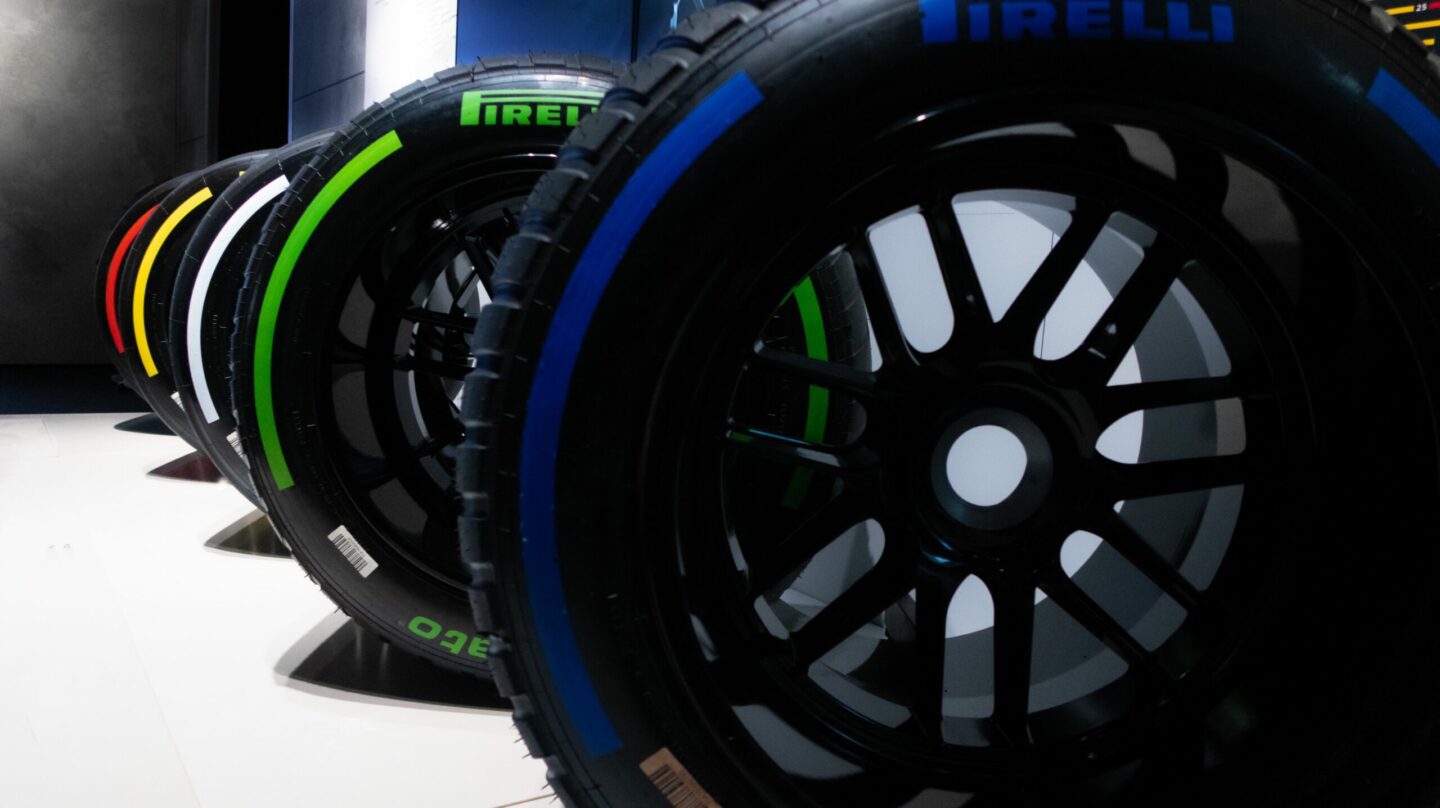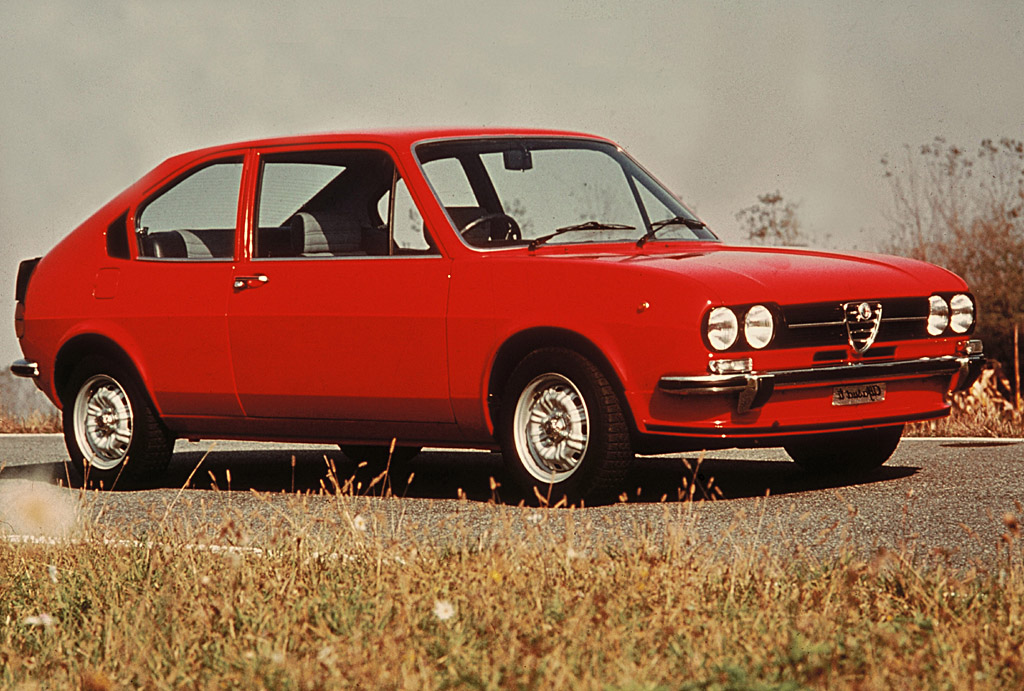The 2014 Formula 1 season is already fast approaching and Pirelli has, this week, signed a new, three-year deal to supply the championship.
In amongst the pre-season chat about drivers, teams and new 2014-spec cars, tyres will likely be the next-biggest topic of conversation, despite being, on the face of it, a pretty dull topic for the non-industry layman.
But it won’t all be glowing, ‘isn’t Pirelli awesome’ chat.
More likely, it will be musing on whether or not Pirelli’s tyres are actually going to be up to the job this season, or whether the tyres will ruin yet another season of competition in what is meant to be the pinnacle of motorsport.
Which prompts me to ask – is bagging the role of F1 tyre supplier really all it’s cracked up to be?
In fact, come to think of it, who’d be a major motorsport supplier anyway?
The 2013 F1 season was a difficult one for Pirelli and that’s putting it politely. A year of frustration and negative vibe culminated at the British Grand Prix, when six drivers suffered major tyre failures (effectively ending the race for the championship crown) and Pirelli was forced to abandon its ambitious, high-tech radial tyres and assemble a hybrid of 2013 compounds and 2012 construction.
Humiliating, to say the least; especially when followed up by a summons to a disciplinary hearing in front of the FIA for illegal mid-season testing with Mercedes.
In fact, the whole season was punctuated with calls from either fans or Bernie for Pirelli to up its game and produce exciting racing instead of tyres whose performance drop off a cliff far too early.
It’s not just F1 tyre supply that attracts negative publicity.
Last season, Bridgestone and Dunlop were forced to back down after their MotoGP and Moto2 race tyres proved unable to live with the abrasive Philip Island circuit in Australia and races had to be shortened as a result.
Of course, without having access to information that reveals how much Pirelli is paying for the privilege of being F1 tyre supplier, it is very difficult to ascertain whether or not the negative press counter-balances the admittedly outstanding branding opportunities and marketing platform that the F1 gig provides. But make no mistake – it will be a colossal figure.
F1 and MotoGP carry the largest followings of motorsport fans in the world, visit the most spectacular circuits in key marketing territories and enjoy prime time television coverage across the globe. And I, for one, would not argue that any of the above named three tyre makers have done anything but a sterling job in leveraging their association with the highest-profile motorsport series in the world.
But I find it hard to believe that any tyre manufacturer would willingly put itself in the firing line for so much derisive commentary – deserved or otherwise – in return for an association it has paid a massive premium for in the first place.
Back in 2010, when Bridgestone was bowing out of F1, our client Cooper Tire was in the mix of manufacturers being touted to take on the big show. In the end, whilst having the technical knowledge and capability to supply, at the time they could not justify the vast investment required to build the infrastructure and supply the enormous numbers of tyres demanded.
Perhaps it was a blessing in disguise. Or perhaps championship organisers should pay heed to the double-edged sword that is the proposition their suppliers take on and offer a little more protection.
Pirelli is in for a new three-year stint in F1 (although they were vying for a five-year deal originally). Time will tell which edge of the aforementioned sword makes the deepest cut.

















